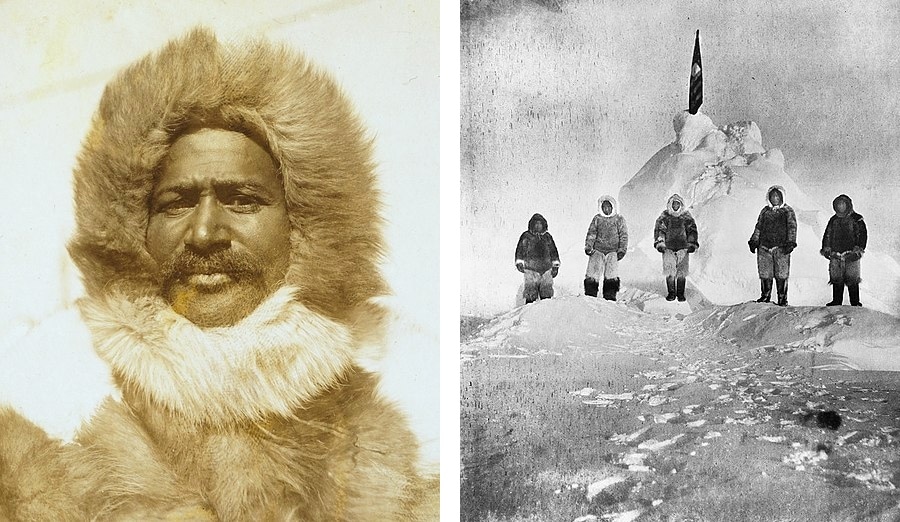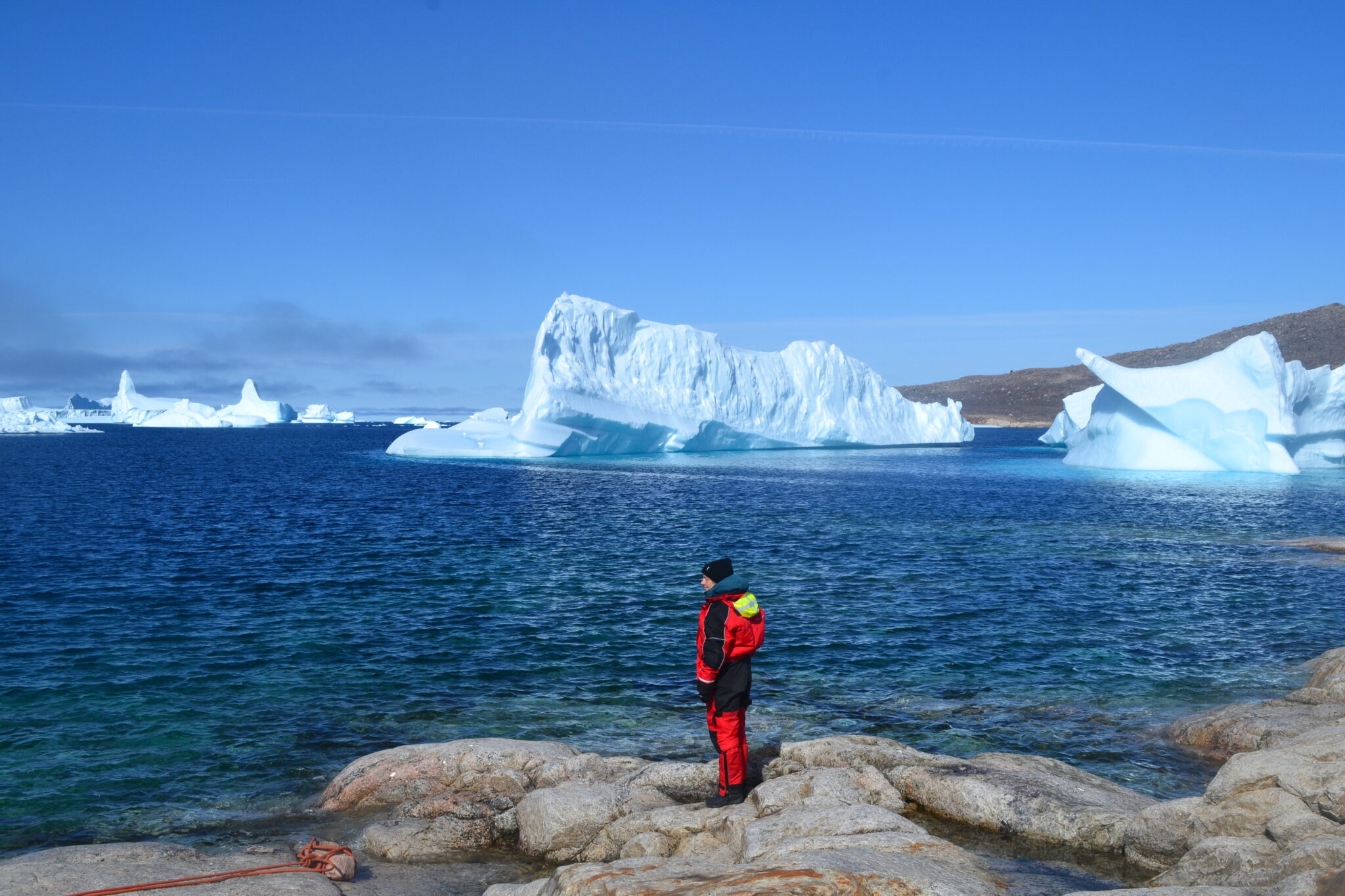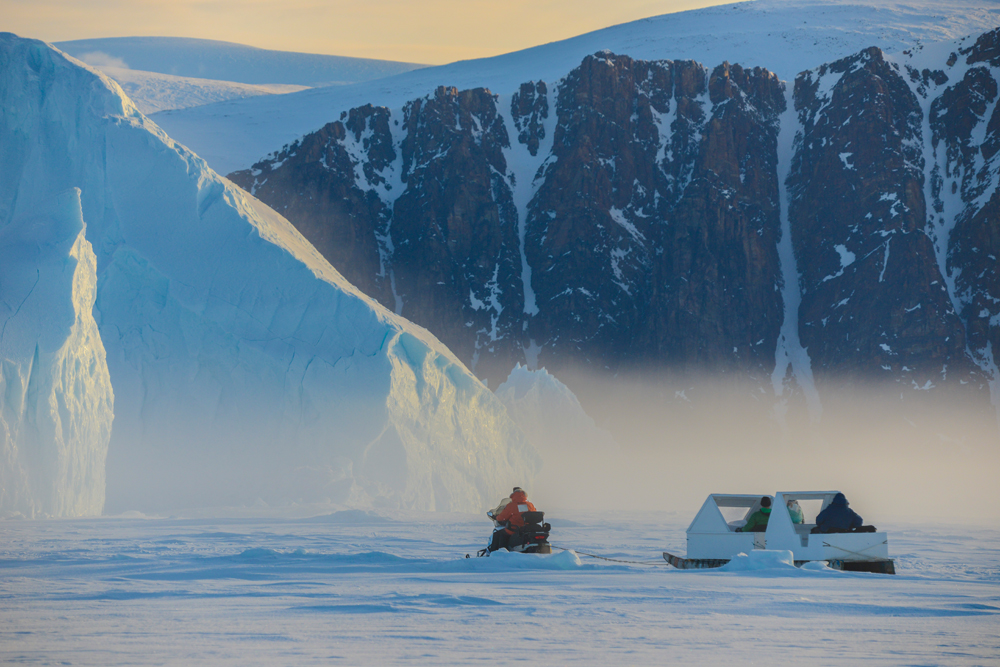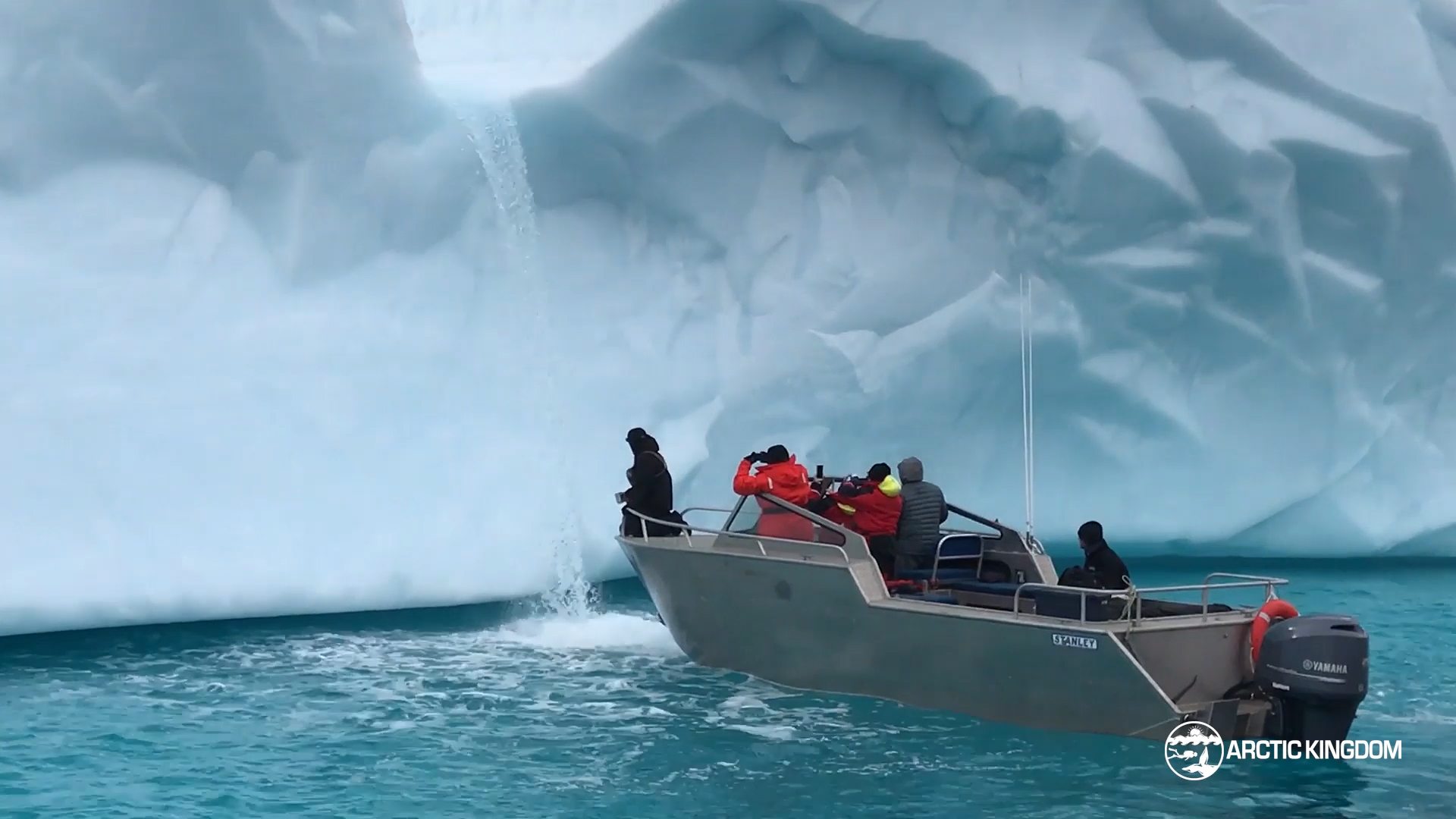The Age of Discovery and Arctic Exploration receives incredible attention and admiration for those who chose to explore the harshest and most unknown places on Earth. But, did you know that the first person to reach the North Pole was an African American?
Matthew Henson is one of history's little-known figures who was only acknowledged later in his life. He was a brilliant man of remarkable skill and one of the greatest explorers of his time.
Join us as we explore his incredible life and expedition to reach the North Pole.
Early Life
Henson was born into a world exploding with division and injustice. Before the Civil War, his family were free people of color and sharecroppers in Maryland. Yet, even after the Civil War, they were terrorized by the Ku Klux Klan and other white supremacists who resented the family's freedom.
The violence and terror would motivate them to move to Georgetown, a town neighboring Washington, D.C. Following the death of his parents, Henson lived with his uncle in the nation's capital.
When Henson was ten years old, he experienced an inspiring moment in his early life when attending a ceremony honoring President Abraham Lincoln. Here, he heard a speech by the renowned orator and escaped slave Frederick Douglass. Douglass emphasized the importance of African Americans gaining an education to combat the ignorant prejudices surrounding the Black community.
At age 12, Henson traveled to Baltimore, Maryland. He would go to sea as a cabin boy, waiting for officers and running errands for the merchant ship's captain. The captain would notice young Henson's potential and teach him to read and write. They would travel across the globe, and Henson visited ports in China, Japan, the Russian Arctic, and Africa.
Henson and Cpt. Peary
When Henson was 21 years old, he worked in a clothing store in Washington, D.C., when a customer, Commander Robert Peary, was delightfully surprised to learn of Henson's experience at sea.
Peary was about to lead an expedition to Nicaragua, where he would oversee a canal survey. He asked Henson to join him and was quickly impressed by Henson's abilities. It wasn't long before Peary made Henson the ‘first man’ on his expeditions and lifelong companion.
After Nicaragua, the two men would go on several expeditions to the Arctic and spend over 20 years exploring the frozen north.
Henson's skills as a craftsman made him indispensable, and he would become an expert on Arctic survival techniques. He mastered the Inuit language and would be the only non-Inuit guide to be able to drive a dog-sled team. The Inuit would call him, Mahri-Pahluk, meaning ‘the kind one.’
Reaching the North Pole
On their eighth attempt to reach the North Pole in 1908—1909, Henson and Peary would be accompanied by a larger team with extensive supplies.
The crew included 22 Inuit men, 17 Inuit women, ten children, 246 dogs for sleds, 70 tons of whale meat, the meat and blubber from 50 walruses, Arctic hunting equipment and lots of coal. They would implement a technique of creating supply caches along the way to store supplies for their return.

Photo credit: Apic/Getty Images
They would leave their ship in Ellesmere Island's Cape Sheridan and travel by sled. As they came closer to the geographic North Pole, Peary, Henson, and four Inuit would set off in an elite group to make the final push to the Pole.
Peary would become unable to walk and would have to ride in a sled. He would send Henson ahead to scout the area trusting his navigational ability. While he would overshoot the geographic North Pole, it was clear from his footprints that he had been the first person in history to reach the Pole.
Peary would photograph Henson and the four Inuit guides standing on the point they believed to be the North Pole. Their claim of reaching the Pole was debated in newspapers and by some recent researchers, but the National Geographic Society, the Naval Affairs Subcommittee of the U.S. House of Representatives and many contemporary scholars would recognize Henson's team for reaching the North Pole.
A Remarkable Life Finally Recognized
Despite being the first person to achieve this exceptional feat, it would be Peary that received considerable honors over the following years. Henson was, however, immediately honored within the Black community.
Upon the insistence of Theodore Roosevelt, Henson spent the next 30 years working in New York's U.S. Customs House. Henson would publish two memoirs, one describing the events surrounding the North Pole and the other focusing on his life.
It was in 1937 that Henson became a member of the Explorers Club and then, in 1948, was presented with the more exclusive title of an honorary member.
In 1944, Congress awarded him and the five other expedition members for reaching the North Pole with duplicates of the silver medal awarded to Peary. Presidents Truman and Eisenhower would invite Henson to the White House and honor him before his death. Henson and his wife would later be reinterned at Arlington National Cemetery with a commemoration ceremony.
Visiting the Arctic
The Arctic is a place that has drawn some of the most exceptional people throughout history, from the Vikings to explorers like Matthew Henson.
Today, it’s easier and more comfortable than ever to visit. With wildlife safaris and cultural trips to places like Iqaluit, Arctic Kingdom has made travelers’ dreams a reality for over 20 years.
If you want to see the truly pristine landscapes and fascinating animals of the Canadian Arctic while eating gourmet meals and sleeping in comfort, then explore our trips by clicking below.
By: Mat Whitelaw





